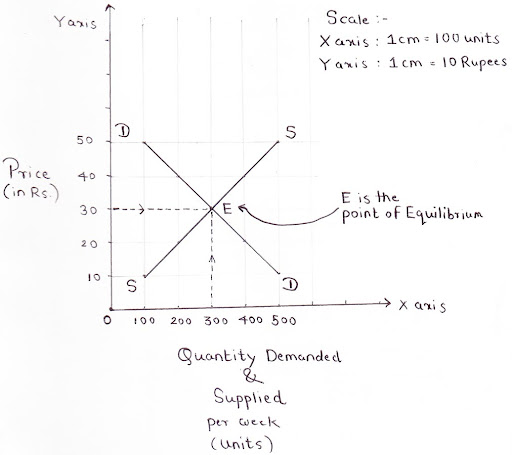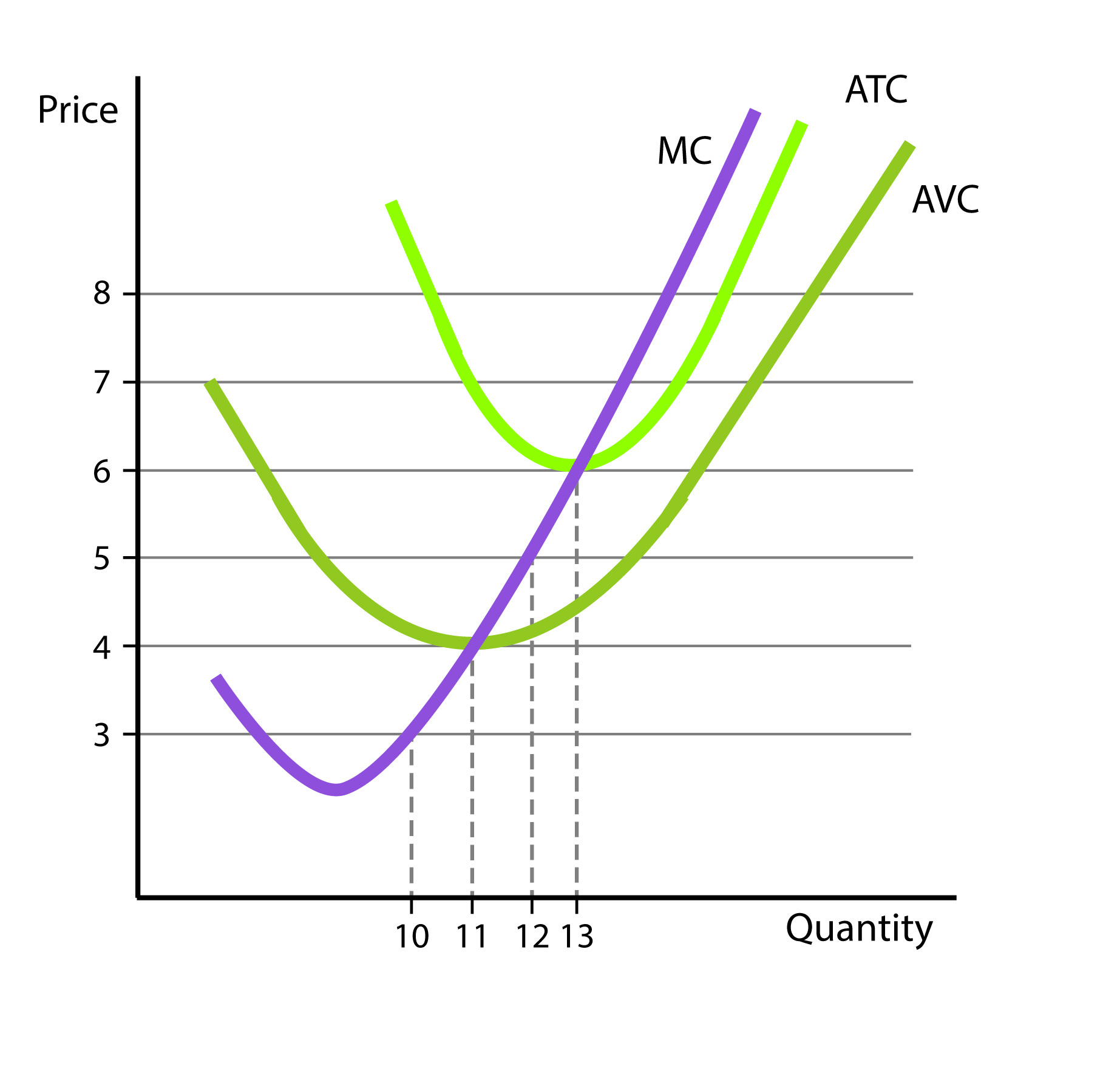


Now, the three firms (including the one we’re analysing) supply such a quantity at such a price that there are no profits, nor losses, which will mean this market has reached its equilibrium, with no firms entering or exiting it. This has the same effects, but this third firm has pushed marginal costs to its minimum, as well as average costs. Let’s say another firm enters the market, pushing again market supply to the right. The firm we’re analysing still has profits at this point, but these profits decreased because of the new firm entering the market. This increase in supply will force prices down to p 2. Due to a new firm entering the market, market supply will shift to the right, since there are now more firms supplying the same goods. Since there are profits, other firms will be attracted and will enter the market. It is able to supply products from point X onwards, due to its minimum efficiency requirements. Let’s say we start at E 1, where the firm we consider has profits equal to area A. The equilibrium price will be influenced by the number of firms in the market, decreasing as the number of firms increases. This process will occur whenever profits are different to 0. Economic profits will attract new entries to the market while economic losses will throw firms out of it. One of the key features of the long-run is the possibility of firms entering and/or exiting the market. The curve that joins the points of tangency between different isocost lines and isoquants is known as the expansion path. At each period we have a combination of labour and capital such that the firm will choose to minimise costs at each output level. Isoquants are used to compare the short-run periods with the long-run one. This long-run curve will be formed by different period short-run curves and will serve as an envelope for all of them. Period analysis tells us that in the long run all factors are variable this flexibility of factors will consequently be reflected in the long-run cost curves. $$\text\).įirms have to constantly analyze their profits and losses to determine whether they should shut down or continue to produce.Cost analysis in the long run is quite different from short run cost analysis. Marginal Product (MP) is the additional product that can be produced for every additional input provided.

Total Physical Product (TP) is the total output/total quantity that the firm produces. Input resources are also called factors of the firm. The number of workers employed by the firm is another example of an input. Since the pizza restaurant produces pizzas, the pizzas are the firm's outputs. These resources are the pizza restaurant's inputs. For example, a pizza restaurant need flour, cheese, pepperoni, and sauce to make pizzas. The firm's inputs are the resources that the firm needs to produce the outputs, or the products that the firm sells. To produce anything, firms must have inputs and outputs.

The Production Function Inputs and Outputs


 0 kommentar(er)
0 kommentar(er)
